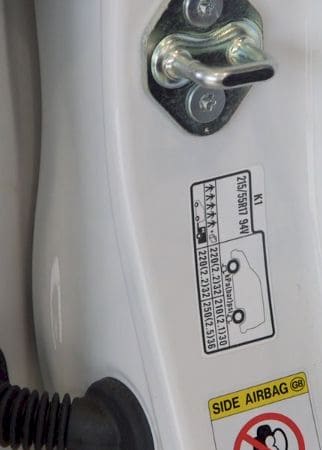Flat tires are a common problem, but how about overinflated tires?
You might tend to overpump air in your tire, especially if you don’t check your pressure per square inch (PSI). Deflating a tire is the solution to excess air in your tire. It's easy, and there are many ways to do so.
First, we will look upon the basics of deflating a tire.
When do you need to deflate a tire?
The main reason to do this is if your tires are overinflated. Excess air in your tires may cause quicker wear and tear. It also tends to explode due to pressure, so it's essential to check your PSI when pumping air to your tire. Safety is always first!
You may need to deflate if you’re about to replace your old tire with a new one. It will be easier to take off the old tire if it’s deflated. Make sure to deflate all tires when storing or when not in use.
Deflating tires is also what you need to do if your vehicle is stuck on mud or sand. Make sure to release half of the air content in the tire.
To know more about the mud tires that will get you through txtreme terrain,
How to check if a tire is overinflated?
It is best to check your PSI with a pressure gauge.

Don’t have a pressure gauge with you? You’ll know when the pressure in overinflated tires gathers on the center tread like a tiptoeing car. Your tire is rock hard, and it may feel uncomfortable driving.
How to check tire pressure?
Before getting your hands on deflating, here are some tips to look out for when taking care of your tires:
- Tire Cool Down. Check proper tire inflation when the tires haven’t been driven on for several hours and have had time to cool down.
- Vehicle Manufacturer’s Recommended Tire Pressure. Check the ideal tire pressure on the door placard as recommended by the manufacturer.
- Check Tire Pressure. Check the tire pressure with an accurate tire pressure gauge.
- Inflate to recommended PSI. Fill each tire with air based on the recommended PSI.
- Pressure – check them once a month to maintain proper tire pressure and fill your tires with air with the recommended volume for your car.


The fundamental way to deflate a tire
As previously mentioned, there are different ways to deflate a tire, but here is a common procedure.
The best time to deflate is when the tires are cold, and the car hasn’t been driven for a couple of hours. Don't check if your tires are warm- it might alter your results.
To deflate your tire, find the valve stem. Twist the cap off to expose the metal pin.
Press down the metal pin firmly with an air pressure tool to release air from the tire. Check your tire pressure from time to time while doing this until enough air is released.

Thankfully, people on the internet have found other ways to deflate a tire without air pressure tools. Here are other unusual hacks to deflate a tire:

1. Peas
Now, this is an unnoticeable and ingenious way to deflate a tire. All you need to do is cut peas in half, stuff it on the stem cap, and put it back in the valve. The peas inside will press the pin, deflating the tire.
You can also use a rock that can fit perfectly inside the small-cap.
2. DIY Pressure Tool
There are various valves available in the market, but if you’re a cheapskate who’s confident of getting the same results without buying a whole pressure tool set, try:
Drill two holes across the cap and insert a blunt-ended screw on top of it. Pressing this down on the valve will release air.
3. A silent move
A Quora user posted another way to deflate air more slowly but surely.
You will need:
- A valve stem tool
This method could cause danger when used for pranks and vehicle accidents are never funny. Unsolicited advice—if you got beef with someone, better tell them face to face!
Remove the plastic cap in the valve and use the stem tool to remove the pin. Screw the cap back immediately, but leave some gap—don’t screw it fully shut.
The air will leak slowly without noise, and it will not be flat for a while.
4. Custom Deflating Caps
This hack is useful when your car is stuck during winter or on dense soil (sand or mud).
You will need:
Saw the bolt to desired size. A larger size will make it fast to deflate, while smaller sizes will slow the deflation but with lesser noise.
Stick the bolt piece to the bottom of the cap with glue and use the paper clip to press it until dry.
Replace the cap of the tire.
Recommended Reading:
Bonus: Puncturing
If ruthless deflation is an option for you, stab the tire with a knife! At least, the damage will be noticed right away.
Simon graduated with a Mechanical and Electrical Engineering Degree. He has over 20 years of servicing experience in both Japanese and German car dealerships. He now acts as a freelance mechanic’s instructor for local schools.
